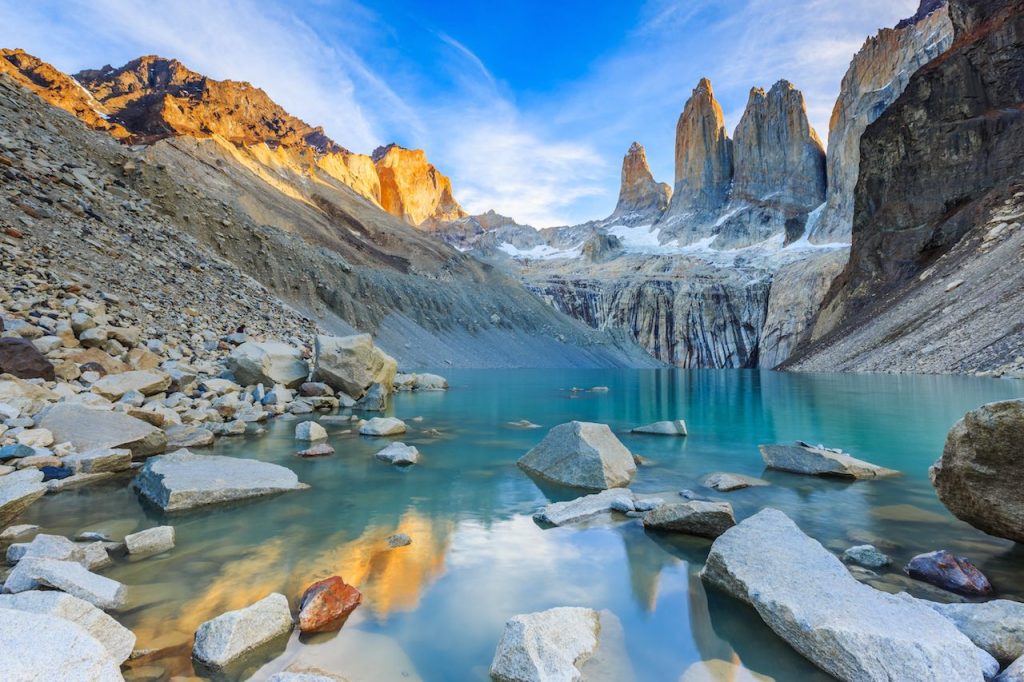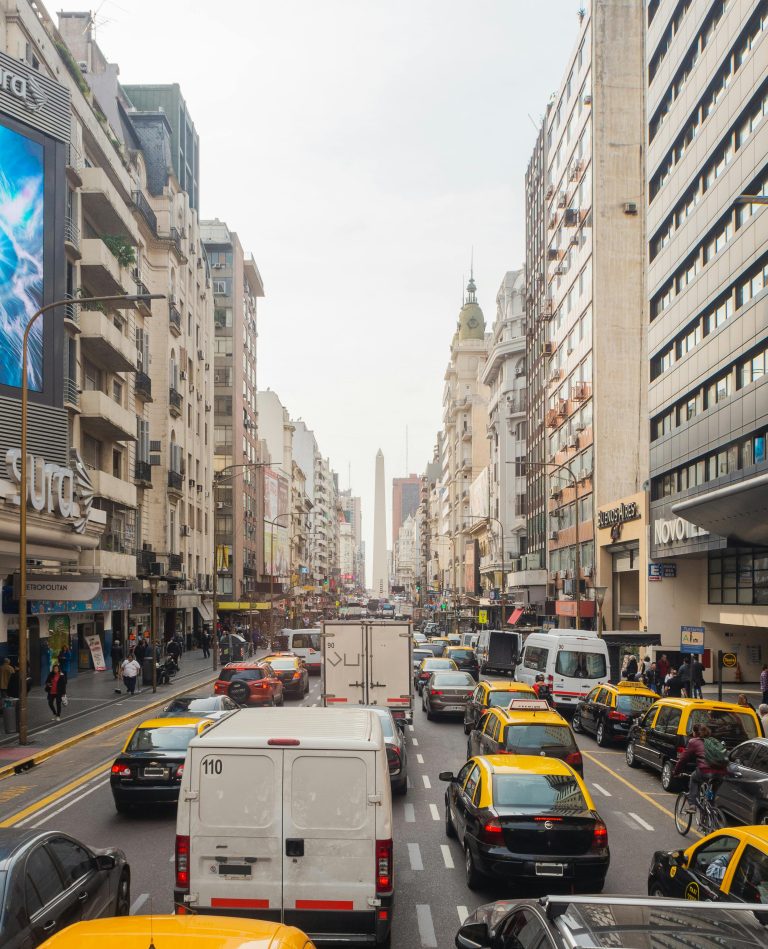
Introduction to W Trek Patagonia
W trek Patagonia is one of the most iconic hiking routes in the world, located in Torres del Paine National Park in southern Chile. Known for its dramatic landscapes, towering granite peaks, turquoise lakes, and immense glaciers, W trek Patagonia attracts adventurers from across the globe. But many hikers wonder how W trek Patagonia compares with other famous trails in Patagonia and beyond. This guide will help you understand what makes W trek Patagonia unique, how it differs from alternative routes, and which trail may be right for you depending on your hiking experience, time, and expectations.
What Makes W Trek Patagonia Special
The W trek Patagonia gets its name from the W-shaped path it carves through the valleys and mountains of Torres del Paine. Unlike many other long-distance treks, W trek Patagonia offers a perfect balance of accessibility and challenge. It typically takes four to five days to complete, covering approximately 70 kilometers. Along the route, hikers experience some of the park’s most spectacular highlights including the famous Torres del Paine towers, the French Valley, and Glacier Grey. W trek Patagonia is also well supported with refugios, eco-camps, and designated campsites, making it a comfortable yet adventurous choice for both beginners and experienced trekkers.
Comparing W Trek Patagonia with the O Circuit
While W trek Patagonia is popular for its shorter duration, the O Circuit offers a longer, more remote adventure around Torres del Paine. The O Circuit takes seven to ten days to complete, circling the entire mountain range and offering views that go beyond the main highlights of the park. W trek Patagonia is better for those with limited time, while the O Circuit attracts hikers who want solitude, wilderness, and a more rugged experience. Both treks are rewarding, but W trek Patagonia provides a more accessible option without sacrificing the breathtaking scenery.
W Trek Patagonia vs. Day Hikes in Patagonia
Some travelers prefer shorter day hikes instead of committing to multi-day treks. Patagonia offers many incredible day hikes, such as Laguna de los Tres in Los Glaciares National Park in Argentina or Mirador Las Torres in Torres del Paine. Compared to these, W trek Patagonia provides a deeper and more immersive experience, allowing hikers to explore multiple valleys and landscapes over several days. Day hikes are excellent for those with very limited time, but W trek Patagonia remains the top choice for anyone seeking a true multi-day adventure without requiring the commitment of longer circuits.
W Trek Patagonia vs. Fitz Roy Trek in Argentina
Another famous trail is the Fitz Roy trek in El Chaltén, Argentina. Known for its stunning views of Mount Fitz Roy, this trek offers challenging routes and spectacular vistas. While both trails showcase Patagonia’s dramatic mountain scenery, W trek Patagonia stands out for its diverse landscapes, including glaciers, valleys, and lakes. Fitz Roy is more about jagged peaks and alpine views, while W trek Patagonia combines multiple ecosystems in one route. Travelers who want variety and iconic views often prefer W trek Patagonia, while mountaineering enthusiasts may gravitate toward Fitz Roy.
W Trek Patagonia vs. Dientes de Navarino
For experienced hikers looking for a remote challenge, the Dientes de Navarino trek on Navarino Island near Cape Horn is another option. This five-day trek is considered the southernmost trek in the world and is far less visited than W trek Patagonia. However, it is also more demanding, with rough trails, unpredictable weather, and limited infrastructure. W trek Patagonia, on the other hand, is far more accessible, with marked trails and accommodations along the way. For adventurers who want remote isolation, Dientes de Navarino may appeal, but for those seeking a balance of wilderness and comfort, W trek Patagonia is the clear winner.
Accessibility and Infrastructure on W Trek Patagonia
One of the biggest advantages of W trek Patagonia compared to other trails is its excellent infrastructure. With eco-camps, refugios, and guided tours available, it caters to different travel styles. Some trails in Patagonia require complete self-sufficiency, but W trek Patagonia offers options for carrying minimal gear while still enjoying a back-to-nature experience. This makes W trek Patagonia particularly appealing to international travelers who may not want to carry heavy loads or camp in remote wilderness without support.
Best Time to Hike W Trek Patagonia
The prime season for W trek Patagonia is from October to April, when weather conditions are relatively mild. Compared to other trails in Patagonia that may be inaccessible in winter months, W trek Patagonia has well-established services that continue through the peak hiking season. Planning ahead is essential, as W trek Patagonia is popular and spaces in campsites and refugios fill up quickly.
Who Should Choose W Trek Patagonia
W trek Patagonia is ideal for adventurers who want a world-class trek that combines stunning scenery, manageable distances, and good infrastructure. Beginners who are fit and motivated can enjoy W trek Patagonia, while seasoned trekkers still find it rewarding due to its breathtaking landscapes. Those with limited time will appreciate that W trek Patagonia can be completed in less than a week, while still offering some of the most iconic views in Patagonia.
Conclusion: Choosing the Right Trek for You
When comparing W trek Patagonia to other trails such as the O Circuit, Fitz Roy, Dientes de Navarino, or shorter day hikes, the choice depends on your goals and travel style. W trek Patagonia stands out as the perfect balance of accessibility, variety, and unforgettable scenery. For those seeking a multi-day trek that showcases the very best of Patagonia without requiring weeks of commitment, W trek Patagonia is the ideal choice. Whether you are new to trekking or a seasoned adventurer, W trek Patagonia offers a once-in-a-lifetime experience that captures the wild beauty of southern Chile.


